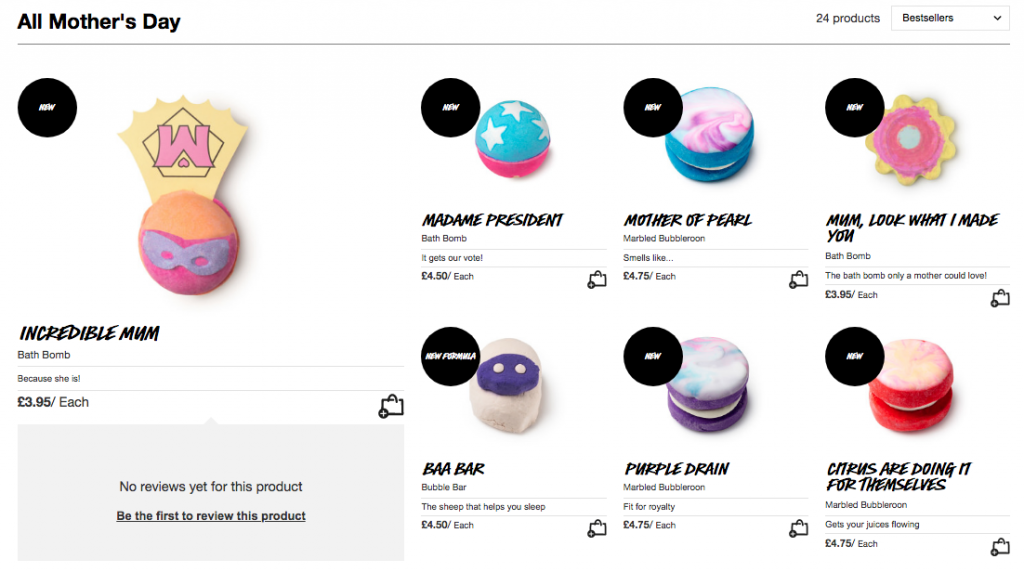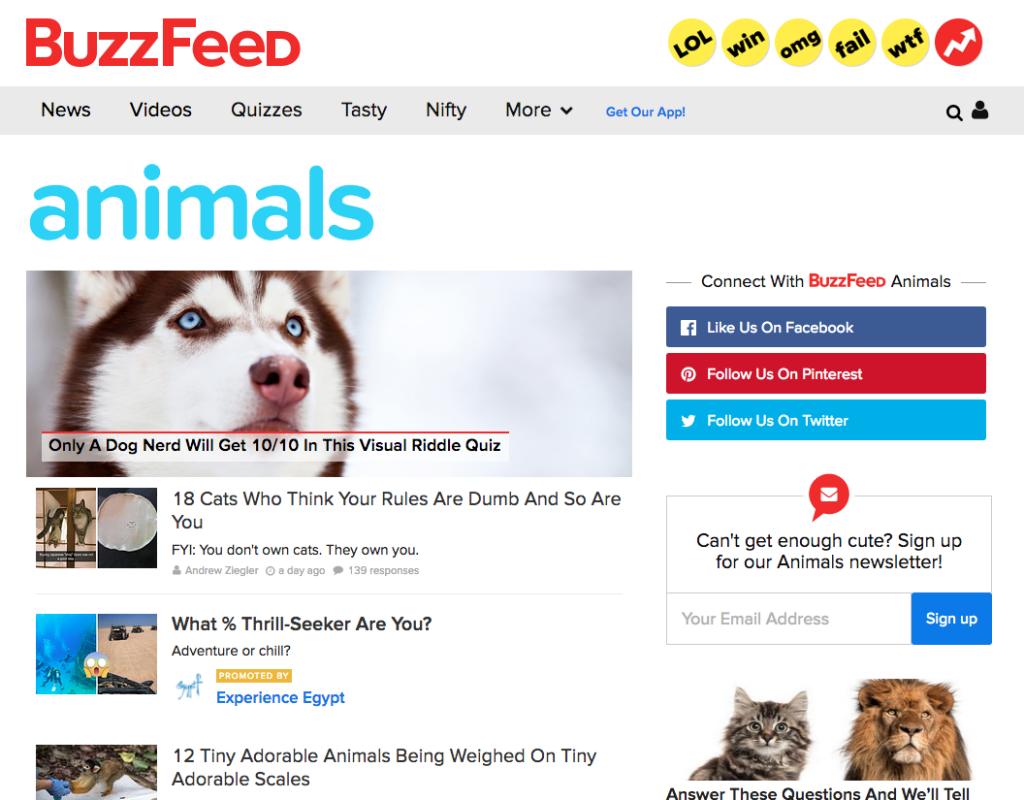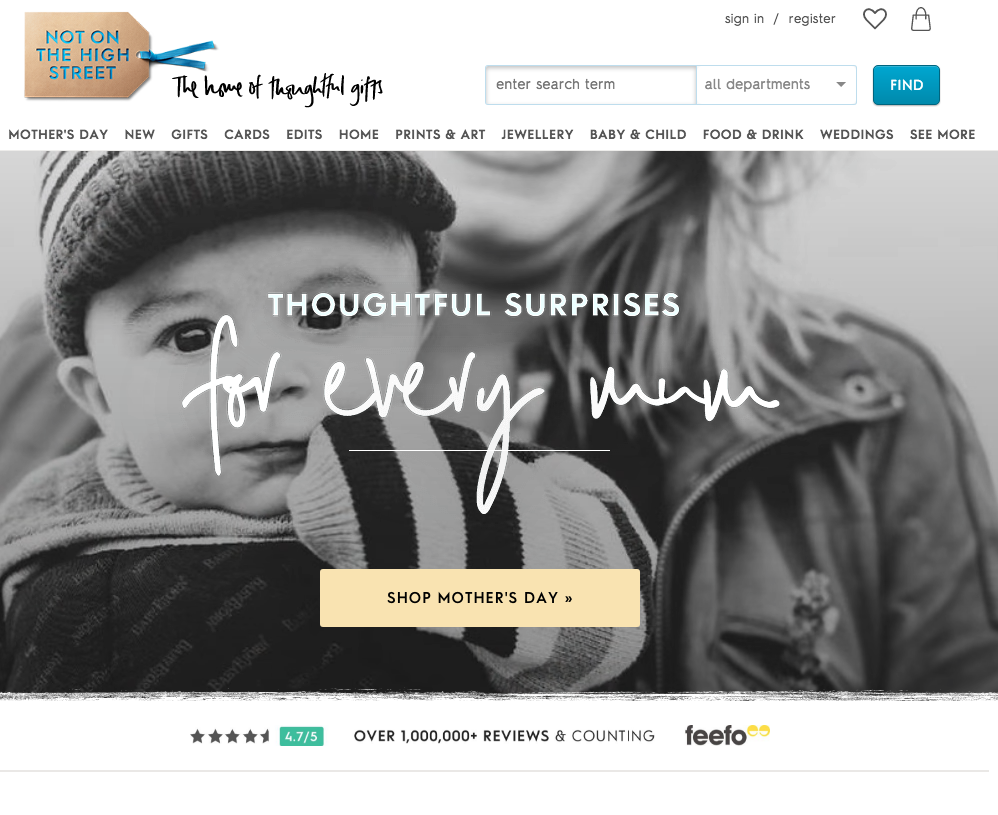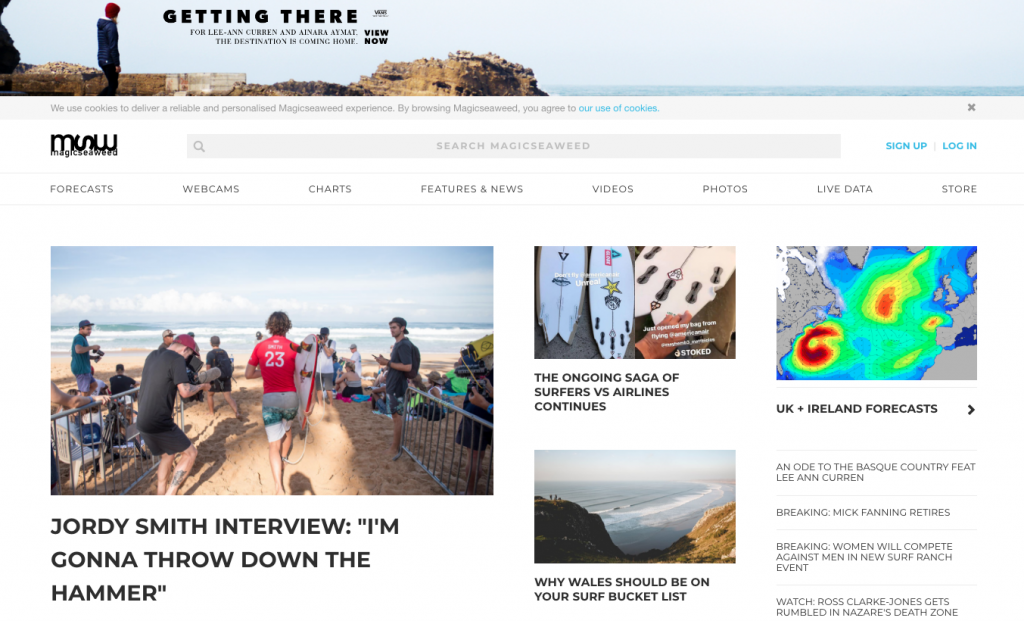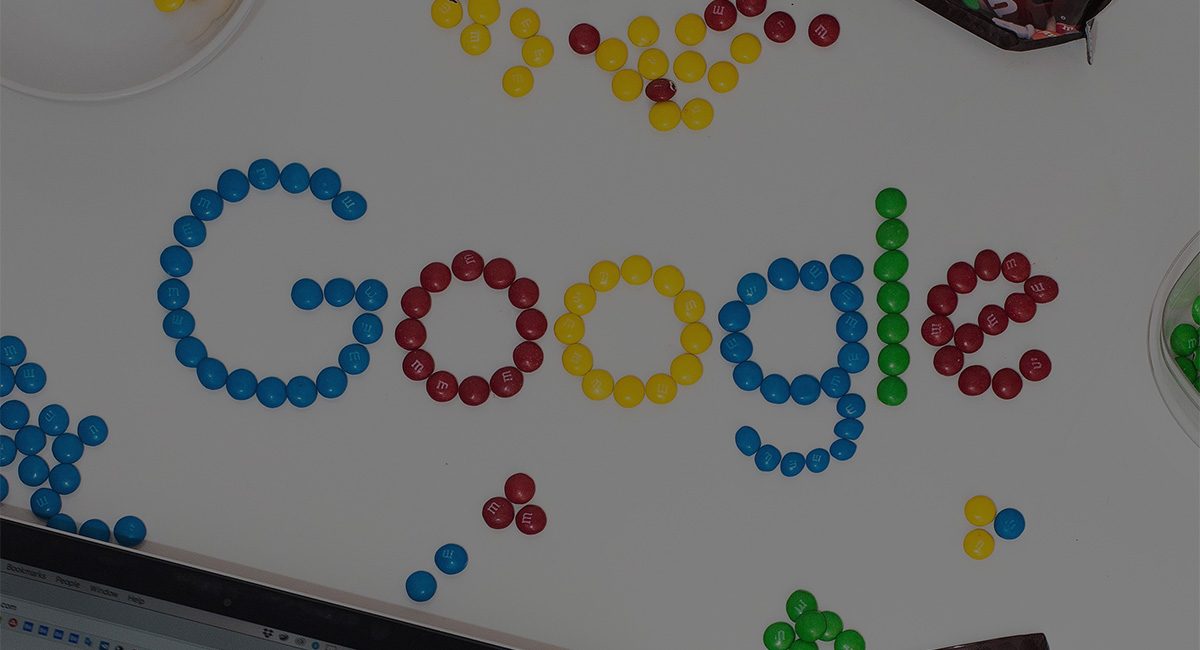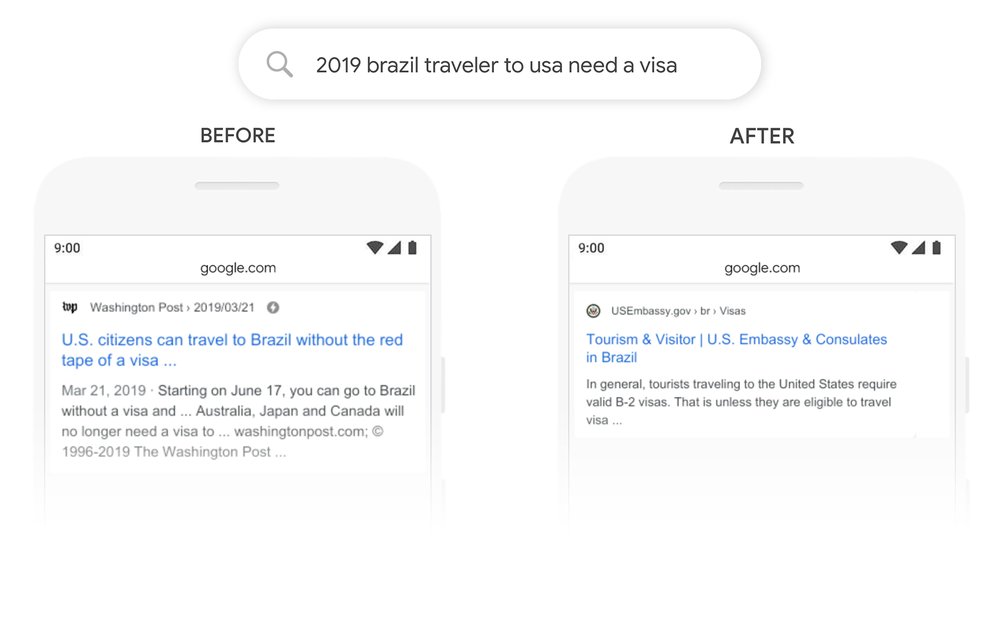What is hosting?
When you create a website you obviously want people to see it so you will need to publish (or upload) it onto the world wide web with a web hosting service.
Web hosting works by storing your website files in high-powered computers called servers. When someone types in your web address the Internet connects to the web server holding your website files and then transfers your website information back to their computer. From there they can surf and view the pages of your website, 24 hours a day, 7 days a week.
Basically, web hosting provides the technology and services to manage these servers and their software, security, support, bandwidth, speed etc.!
Domain Names
Before you can present your brand new website to the world you need a domain name like www.limegreenmarketing.co.uk. To have your own domain, you will need to register it with a domain registrar. There are a large number of domain registrar providers on the internet such as 123 Reg and 1 & 1. If possible it is best to choose a domain register provider from your own country, not least because you will be billed in the right currency!
It’s quite common to get confused between a domain name and web hosting. Put simply: a domain name, is the address of your home or office; web hosting is the space in your house or office into which you place your belongings. It is often made more confusing because many domain name companies also offer services like hosting, email etc.
Different types of hosting
There are 4 main types of web hosting; shared, dedicated, VPS and Cloud.
While all types of hosting servers will act as a storage centre for your website, they differ in the amount of storage capacity, control, technical knowledge requirement, server speed, and reliability. Let’s take a look…
1) Shared Web hosting is where a large number of web sites are typically housed on the same server. This includes sharing the physical server and the software applications within the server. Shared hosting services are affordable because the cost to operate the server is shared between you and these other owners.
There are, however, some down sides, such as limits on storage and bandwidth, and the performance of your website is largely affected by the needs of the other websites, as you will be sharing the same server resources. The type of content on other sites on the same server can also have a negative affect on your website. For example, if you’re sharing a server with websites relating to religion, sex, or politics, these type of sites could be more prone to an attack due to their content, which – if you’re on a shared server – may in turn impact your website.
2) Dedicated Web hosting is where you have the entire server to yourself! This allows for faster performance as you are not sharing with other website owners. The only limit is the size of the server. However, this also means that you will be responsible for the entire cost of server operation.
This is a good choice for websites that are:
Very popular
Require a lot of system resources
Need a high level of security
Typically, these servers start at around £200 per month and usually require a 2-year contract and setup fees.
3) Virtual Private Server hosting is a sort of fusion of the first two options. Your web site is hosted on its own virtual server so that it won’t be affected by the web sites of other customers. However, the server shares computer resources with other virtual servers. This means it is not a dedicated server i.e. the entire computer is not dedicated to running just one server software.
Virtual Web servers are a very popular way of providing low-cost web hosting services. Instead of requiring a separate computer for each server, dozens of virtual servers can co-reside on the same computer. In most cases, performance is not affected and each web site behaves as if it is being served by a dedicated server. However, if too many virtual servers reside on the same computer, or if one virtual server starts hogging resources, web pages will be delivered more slowly.
Done properly VPS can be the best option for medium sized websites as the head server is often of a very high standard. VPS is great if you are running WordPress or small Magento websites as all patching and upgrades are performed by the company managing the head server.
4) Cloud hosting is a server system that provides web hosting via multiple connected resources that comprise of a cloud. Whereas standalone servers and virtual servers can have limited scalability options and the potential for service disruption, a cloud host can provide you with:
seamless capacity
increased accessibility
superior reliability
more expense for added flexibility
good for site with periodic times of high use
Things to consider when choosing your hosting
Support
How much support do you need to keep your website running smoothly? If you are an IT whizz, then perhaps not a lot, but for most of us we don’t have the time or knowledge. Choosing a web host provider that offers easily accessible, on-going support should be a consideration. And if it all goes wrong, what emergency systems do they have in place to get your website back up and running?
The web hosting company will own support of certain things; they’ll make sure that your physical webs server is online (which is a different thing from your website). However, if your website is hacked, they’ll probably not be able to help. And if you need additional functionality added, they’ll certainly be unable to help.
This being the case, you can imagine there are two tiers of support. The underlying hosting provider is offering technology and network level support; they may even offer some support on your website (to varying degrees). Your site developer may offer ongoing support on top of this; as these people are best place to update the website etc.
Reliability
Your customers expect to gain to access your website 24/7 and quickly. And whilst nothing in life is 100% guaranteed, you need to make sure that your web hosting provider can supply an uninterrupted network connection and manage your server space, to ensure quick upload speeds. You get what you pay for here! There is a world of difference in reliability between a cheap hosting account and a premium plan from a tier 3 hosting company.
Security
The last thing you want is your web site going down or being hacked. You need to ensure that your web hosting provider can give you peace of mind with:
offsite backups,
storage of your data
higher security (if you need it)
This is one area where the initially cheap services create their additional bolt-on’s, these come at a cost. Different hosting companies will put different levels of security in place; your cheap and cheerful outfits will hardly do anything.
Again, be wary of the fine line here. The hosting company are traditionally less concerned about getting your website back online in comparison to the web server itself. There is an important and subtle difference and having someone to support the actual website itself is of benefit here.
Scalability
We all hope our businesses will grow. So it makes sense to ensure that your server can match your expansion by providing additional space and services as and when they are required.
Location
Using a server based in the UK will help your SEO. You will have preferences on local searches compared to websites outside of the UK. And when you target UK customers you will benefit from a faster web loading speed, based on the fact that the server is located far closer to the customer. It has been noted that Google prefers faster servers, so the shared hosting is only really recommended where Google placement is not so important, maybe a local club website or nursery in the local area.
CDN (Content Delivery Networks) also assist with this. This is a system of distributed servers (network) that delivers webpage images and other web content to a user based on the geographic location of the user, the origin of the webpage and a content delivery server.
Performance
Fast hosting is crucial to SEO. Google are hot on measuring how fast your website is as they know, statistically, how many people drop off websites as load times increase. Performance on cheaper companies like 123-REG and Go DADDY can be sluggish. Having a relationship with a company who actually cares about this side of things is beneficial, someone who will benchmark the performance profile of the website and make adjustments where needed.
What happens once you have chosen your web hosting provider?
In order to transfer the website to the hosting company they will ask for temporary access to your domain name provider.
If you have email addresses with your domain name provider, then these will stay there unless you ask them to be transferred over to the hosting company to manage.
When your site is ready to go live it needs to have its “A” record changed to point to the new Hosting web space. This is a relatively simple task that informs all the DNS servers (those servers that translate numbers to sensible name’s) that your website name now resides at this new address. It can take anything between 12 to 72 hours for this process – known as DNS propagation – to take effect.
So, at the end of the day, hosting generally comes down to ‘you get what you pay for’. The more you invest in your website hosting, the better your website will perform. Hopefully now you have the information you need to make an informed decision when choosing your website’s hosting.










